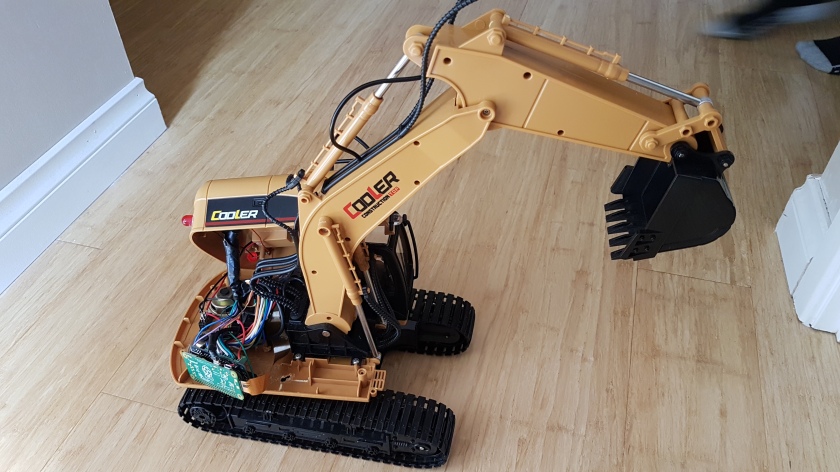I’ve been using VBCS for awhile now and it has really evolved over the past nine months. I guess that’s one of the wonderful things about these PaaS offerings from Oracle; we don’t have to wait so long for new features and capabilities.
One thing I wanted to do, but it isn’t directly supported in VBCS yet, is to have dynamic displays. I’ve done quite a bit of programming in native JavaScript and Oracle JET where I’ve used web sockets to make my graphs and gauges change automatically without the need for a refresh button.
Well, I figured out a way to do this in VBCS. Now I will admit right away, this is pretty ugly, so if you are a software development purist, please turn off your TV now!

Continue reading “Visual Builder Cloud Service – Dynamic Elements”







